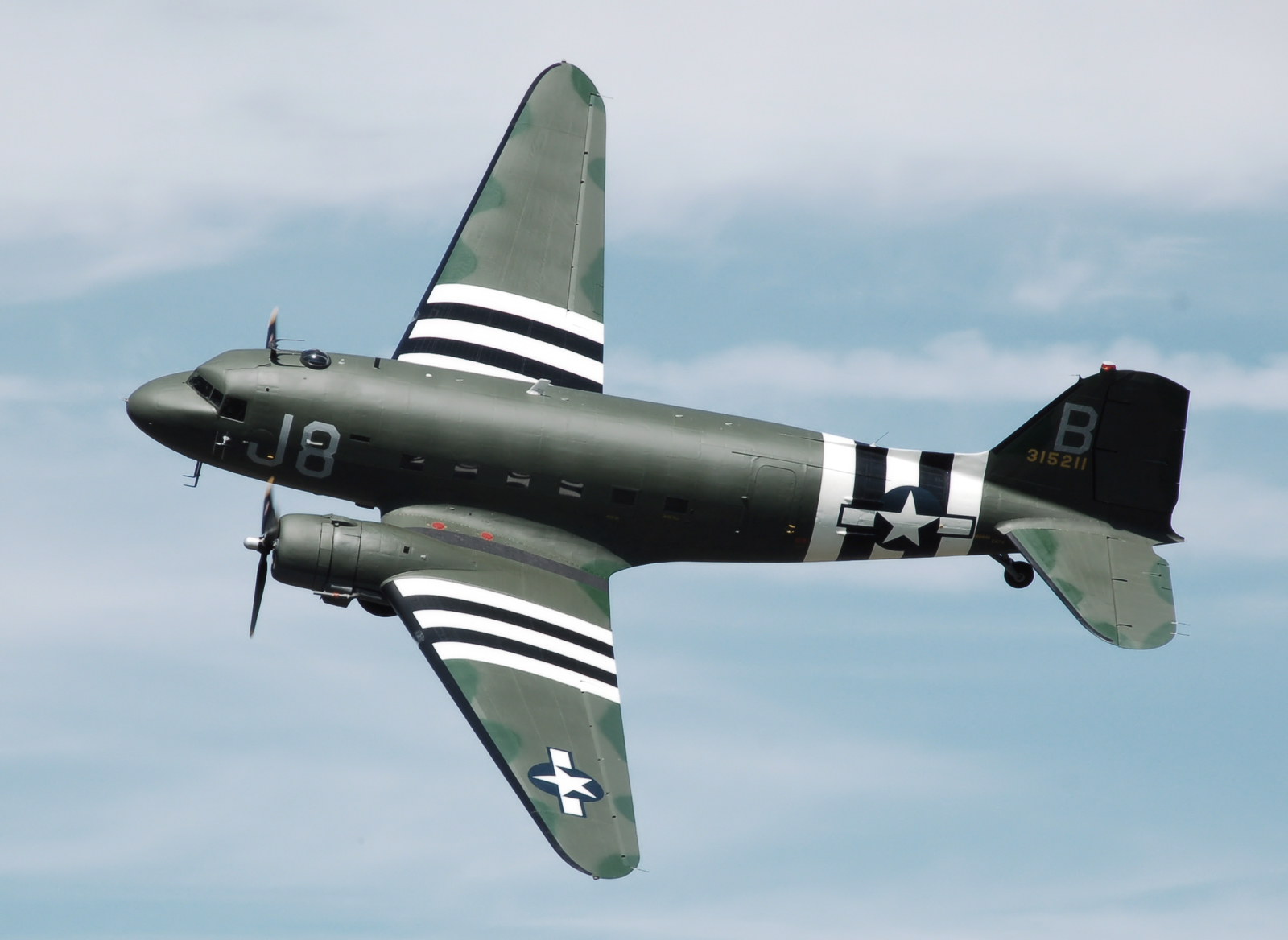Luckily, the improving weather has meant more lessons: including one weekend where I got to fly both days. After learning climbing, descending, and level turns, I moved on to climbing turns, descending turns, and then to changing directly from a left turn to a right turn (and vice-versa). There's nothing special about any of these combinations: it's just that watching your pitch and your roll at the same time makes it harder. You learn to judge the climb attitude by keeping the bottom of the cabane struts against the horizon, but when you're also turning, one is below the horizon and one is above. As well as learning to judge all the appropriate attitudes, it takes a lot of practice to
I really noticed how much difference the throttle power makes. When I was climbing at full power, at 65 mph, there's a lot of airflow over the rudder, so I only needed tiny movements to keep the aircraft in balance. But with the throttle at idle, even with the same airspeed of 65 mph, there was a lot less airflow on the rudder, so I was pushing the pedals quite a lot to make it work.
Duxford air show gave me a bit of excitement as well. Duxford is only a few miles from Cambridge, so some aircraft from the show come to Cambridge so they can take off and land while Duxford's runway is busy. When I was flying over the main runway to re-join the circuit, I overflew a Dakota in invasion colours, which was taking off. I'm told that because it is a troop transport, based on an airliner frame, the pilot needs to have an ATP licence (the same kind airline pilots have), and it needs a secure cockpit door so it can't be hijacked. This is still the case even if you only fly it empty for shows! It's all a bit of a nonsense, and makes exhibiting these vintage aircraft unnecessarily expensive.
 |
| It looked a bit like this, but in British rather than US colours. The black and white stripes were the same: "invasion markings" used by nearly all Allied aircraft for the Normandy landings. Picture courtesy Adrian Pingstone (arpingstone on Wikimedia Commons) |
After rejoining the circuit, I got to take control again to get used to flying the circuit in for landing. Now I've practised all the manoeuvres, the circuit is getting a lot cleaner, with tighter turns, stable height until the final descent, and a downwind leg that was parallel to the runway for a change. As I've described before, I turned onto final keeping an eye on the trees past the end of the runway. The turn was tighter than I expected, so we ended up a bit to the left of the runway and I had to correct to get it in line. Now I had the trees lined up properly, I could continue the descent. I was expecting the whole time that the instructor would take back control, but he didn't until we were right over the runway markings and he was ready to flare.
A little later the same day, Cambridge Airport was shut down to clear the airspace for a Red Arrows display at Duxford. It was hard to see the display at first, but once they turned on their smoke it was much easier to follow them between the horizon and the clouds. It was an unusual perspective to have, and it was a strange feeling to be standing next to some aerobatic airplanes from 75 years ago, watching their modern descendants frolicking across the empty sky.
No comments:
Post a Comment